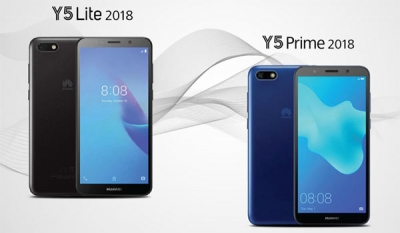There are a huge variety of devices out there for Android, all equipped with different internal memory and RAM.
Depending on the price range, our options can change, but we can see how far manufacturers have come with this compared to some years ago, especially in the mid-range where 3GB of RAM and 32GB of storage are now the norm.
For this reason, life is easier for Android users compared to iPhone users.
However, we find that the maximum internal storage that is present on most smartphones today is 8GB, especially on smartphones available at a cheaper price.
This becomes a limitation when it comes to the saving of files and apps in the phone.
Some smartphones, particularly non android, do not support external micro SD cards, which leads to users’ frustration when data has to either be constantly backed up or transferred into a PC.
A budget smartphone always comes with a slew of limitations, but a frustrating restriction of most smartphones has been its limited storage space.
Users will be bothered by the constant “you’re running out of storage space” messages, or otherwise, most of the time, users are forced to spend time moving apps to the external SD card and consistently uninstalling anything that was essentially required.
Users are also hindered by the amount of space taken up by the system files.
Additionally, there’s the fact that Android doesn’t properly support installing apps on the external storage, which leaves them to install apps onto their smartphone’s limited internal storage.
Huawei smartphones like Huawei Y5 lite and Y5 Prime are entry level smart phones, have gone the extra mile in providing increased internal RAM storage, with smartphones starting with 16 GB of internal storage, allowing the storage estimated on an average up to 381 Photos(12MP), 3500 audio files(128kbps) and 160 minutes of recorded video files(24mbps).
Having more RAM relieves the processor from having to do a lot of work and hence saving precious clocks cycles and consequently increasing battery performance of the smartphone.
This also enables enhanced performance and faster application response time, making the user’s smartphone experience a smoother, easier one.






















